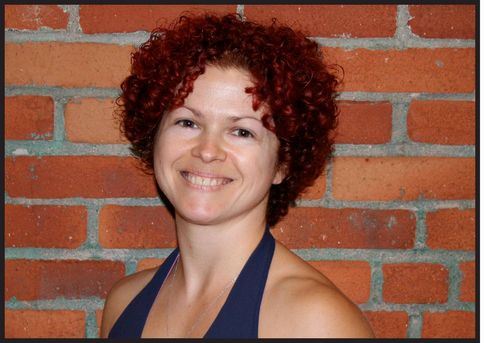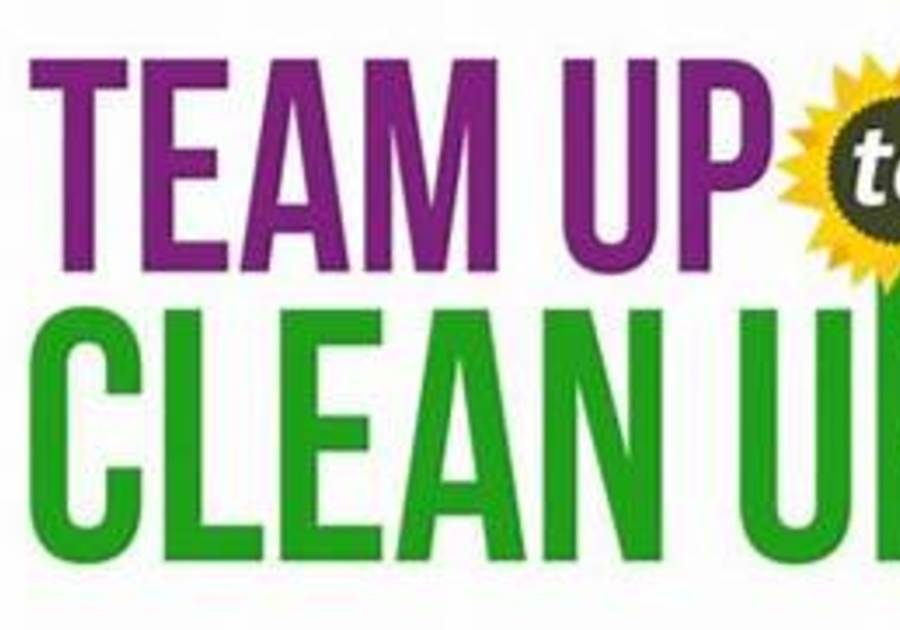Now that you’ve learned about looking at nutrition labels, the 3 main nutrients that provide energy, the most essential nutrient, water, and how to fuel up for physical activity, you might be thinking about making some positive changes to your diet. It might seem overwhelming at first, so I’ve listed some key ideas that should help you make some changes for the better.
1. Choose Nutrient-Dense Foods
Think of calories as money and nutrients as value - get your money’s worth! You can only consume so many calories each day, so think of your calories like a budget - if you’re going to spend them, choose foods that have a high nutrition value for the amount of calories. These are referred to as nutrient-dense foods. How do I know if I’m eating nutrient-dense foods? First, make sure you’re eating a variety of whole foods. Whole foods are foods with the least ingredients and processing. These are foods that mostly do not come in packages. You can make sure you’re choosing lots of whole foods by shopping mostly on the outside edges of the grocery store; in the produce, meat, seafood, egg, and dairy sections. Second, try to buy less food from the middle of the grocery store, where there are mostly processed foods, with lots of added junk and not as many nutrients. When buying foods that come in a package, check the food label for the fewest, simplest ingredients, and least amount of sugar and sodium.
2. Take Advantage of Local Offerings:
We live in a community that is alive with fresh, locally grown produce and locally raised animals, and it’s a great way to eat healthier! Head to the farmers’ market or become a member of a farm through Community Shared Agriculture. Valley farms offer produce shares, meat & egg shares, and dairy shares as well. I get a produce share and a meat and egg share. Search online to find out what’s offered near you.
3. Maintain a Good Energy Balance Throughout the Day
Good energy balance helps maintain carbohydrate stores in the muscles (instant energy for physical activities), maintain muscle mass, maintain metabolic rate (to burn calories efficiently), maintain blood sugar (avoiding big spikes and crashes that make you feel tired), and aid in muscle recovery (important for building strength and preventing injury). How do you maintain a good energy balance? Eat and hydrate frequently throughout the day. Try to eat small but frequent meals and/or snacks, and keep a reusable water bottle full so you remember to drink often. This means being prepared!
4. Understand Why You Crave Junk Food
First, these are products, and companies work very hard to sell them to you so they can make more money. Products will make lots of claims that are designed to fool you, so look carefully and be aware. Second, our brains use flavor to detect nutrients, so our bodies crave flavorful foods when we are in need of nutrients. The catch is, that products are formulated to have very strong flavors in order to hook us - our brains get fooled into thinking it’s nutritious, so we crave it! Keep in mind that your taste buds adjust to both sweetness and saltiness, so once you cut down on sugar and sodium, you’ll find you don’t need nearly as much.
5. Don’t Set Yourself Up to Eat Junk!
If you eat and hydrate well throughout the day and have plenty of healthy snacks on hand, you won’t be hungry when you pass by the vending machine and end up having a soda or candy because you’re starving. Additionally, if you don’t keep junk foods around the house, and stock up on plenty of healthy foods, you won’t have to make the choice, it’s already made for you!
6. Make Healthy Foods Flavorful!
Sometimes people think that eating healthy means having a bowl of lettuce with nothing on it, or the most fat free, sugar free, flavor free food that you can find. It doesn’t have to be that way! Veggies can be cooked with interesting spices and sauces, pickled, or eaten fresh with a favorite dip or dressing. Meal-sized salads can be loaded with colorful veggies, fresh or dried fruit, nuts or seeds, legumes, and/or cheese. Yogurt can be combined with delicious fresh fruit. Dried fruit and nuts make a yummy snack - a little salty and sweet. There are so many different cheeses that you can have with whole grain crackers. I love cottage cheese with fresh chives from my garden!
7. Be Prepared & Make Healthy Food Easy
This requires some planning, but you can prep some foods on the weekend to be easy to eat during the week, or prep your lunch and snacks the night before for the next day. Some ideas include cutting up veggies and fruit and having snack containers so you can grab a quick snack, making up a big bowl of salad to keep in the fridge for easy salads throughout the week, and single serving yogurts and nuts. Look for foods that make easy grab-and-go healthy eating like pre-cut and washed veggies and fruit from the produce or freezer section. Buy when things are in season, because this is when they taste best and are on sale. You can stock up, then chop and freeze them to have throughout the year!
8. Make Treats for Weekends Only
A great way to have a treat that you love, like cookies or pie, is to make it homemade. This also gives you a chance to alter ingredients to make a healthier treat - cut the sugar in half, use less of other things that you don’t need, and add things that are good for you, like fresh or dried fruit and nuts, and whole grain flour instead of white flour. A good rule to follow is to only have dessert on the weekends, and not keep them around the house, but only have them when out, where you can only have one serving. A good example is to go out for an ice-cream (Herrell’s is my favorite) on the weekend rather than keeping a gallon of ice cream in your fridge that you will be tempted to eat throughout the week.
So, now you have some ideas to put into practice, and you can use these tips to come up with healthy ways of eating that work for you. Following this article, I’ve made a list of healthy snack ideas for on-the-go to get you started, but you can get creative and add your own ideas. Go forth, and eat well!
Healthy Snack Ideas for On-the-Go
Whole Grain Crackers: Look for 100% whole grain; watch the grams of sugar and sodium.
Corn Chips: Watch the grams of sugar and sodium.
Popcorn: microwave popcorn is full of additives! Better to pop your own.
Oat Granola: Look for granola that is low in added sugar or make homemade and use less.
Cottage Cheese: Look for low-fat. Add herbs and spices to make it interesting!
Greek Yogurt: Look for low-fat plain and add fresh fruit or a small amount of sweetener.
Cheese Sticks: Low-fat mozzarella are a good choice.
Hard Boiled Eggs: Make ahead of time for a quick grab-and-go snack.
Carrot & Celery Sticks: Or whatever veggie you like to snack on. Chop up ahead of time or buy pre-chopped, and bring something you like for dipping.
Salsa: It’s made of only vegetables and very low in calories!
Fruit: Chop up fresh fruit, make fruit salad, and keep dried fruit around for quick go-tos.
Avocado: A fruit that provides healthy fats and tastes delicious on toast or crackers.
Hummus: A healthy dip made with chick peas, which are very nutritious.
Roasted Edamame or Chick Peas: A nutrient-dense, crunchy snack. Watch the sodium.
Nuts & Nut Butters: Look for simple ingredients, no added sugar, and low sodium.
Seeds: Like sunflower or pumpkin. Watch the grams of sodium.
Smoothies: Blend a combination of fruit, veggies, and water or juice; or fruit and yogurt or milk. An easy snack for sipping on-the-go.
Combine 2 To Make a Satisfying Snack:
Whole Grain Crackers & Cottage Cheese
Corn Chips, Salsa, & Avocado
Popcorn & Nuts
Granola & Seeds/Dried Fruit
Celery & Dressing or Nut Butter
Fresh Fruit & Greek Yogurt
Apples & Peanut Butter
Hard Boiled Eggs & Cheese
Nuts & Dried Fruit
Carrot Sticks & Hummus

Johnna Paulsen has a BA in Dance from Smith College, and is Certified in Personal Training (ACSM), Senior Strength Conditioning, and Corrective Exercise. She is also a licensed Zumba Gold instructor.
Phone: 413-563-7796, email: johnnadancer@gmail.com, Facebook: @johnnapaulsenpersonaltrainer



